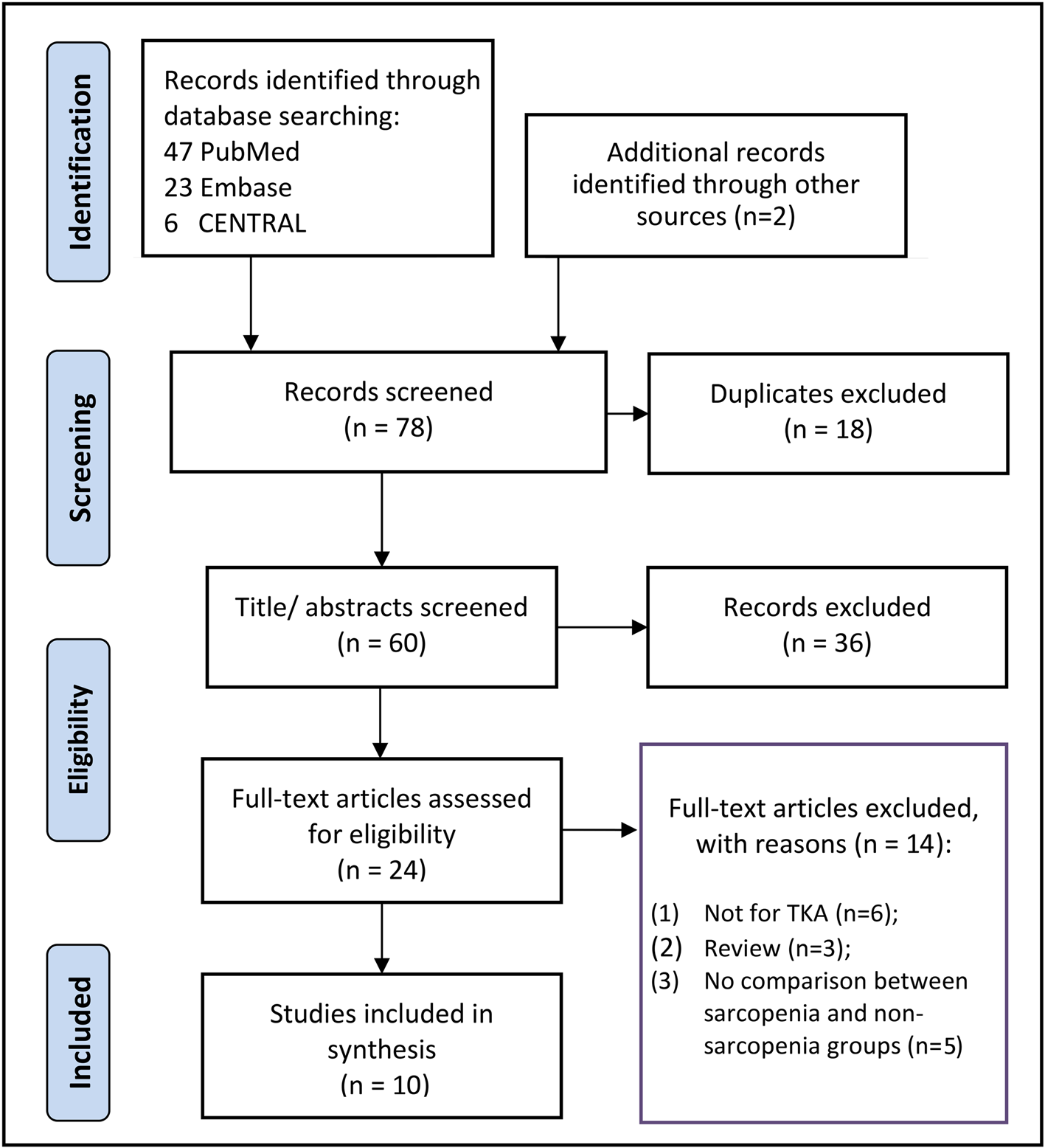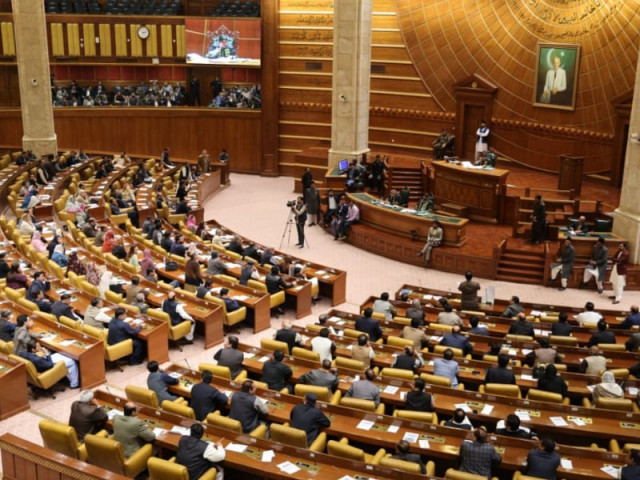…

Barbara Plett Usher Africa correspondent
 AFP via Getty Images
AFP via Getty ImagesEmerging evidence of systematic killings in the Sudanese city of el-Fasher have prompted human…

Sanchez-Rodriguez D, Marco E, Cruz-Jentoft AJ. Defining sarcopenia: some caveats and challenges. Curr Opin Clin Nutr Metab Care. 2020;23(2):127–32.
Google Scholar
Cruz-Jentoft AJ, Bahat G, Bauer J,…

Don’t miss out on playing one of the most popular CS2 maps ever created! With over 827,000 subscribers and 7,000 five star reviews. Challenge your skills today!
CT-Side Training Mode
Pick a map, then lock it down against multiple waves of…

The countdown to the India vs South Africa Women’s Cricket World Cup 2025 final has begun, with the tickets now available for fans looking to experience the action live from the stands at the DY Patil Stadium in Navi Mumbai.
The title match, to…

We used dietary intake and demographic data from the 2018 National Health and Nutrition Survey (ENSANUT by its acronym in Spanish), a nationally representative, cross-sectional, multi-stage survey…

This multicenter observational study was conducted between January 2021 and June 2024 as a part of a prospective ongoing acute PE cohort, named the Adverse Outcomes in Acute Pulmonary Embolism patients using Computed Tomography…

Provincial assembly pushes Centre to amend Article 140-A mandating local govt polls within 90 days of dissolution
The Punjab Assembly has sent a…

Scientists have discovered in a new study that weight gain is not solely linked to lifestyle, but genes also play a significant role.
In the latest research, experts identified 13 genes that increase the risk of obesity, five of which…

TOYOTA GAZOO Racing concludes the 2025 FIA World Endurance Championship (WEC) season with the eighth and final round, the 8 Hours of Bahrain on Saturday 8 November.
Following seven rounds across four continents and 64 hours of…